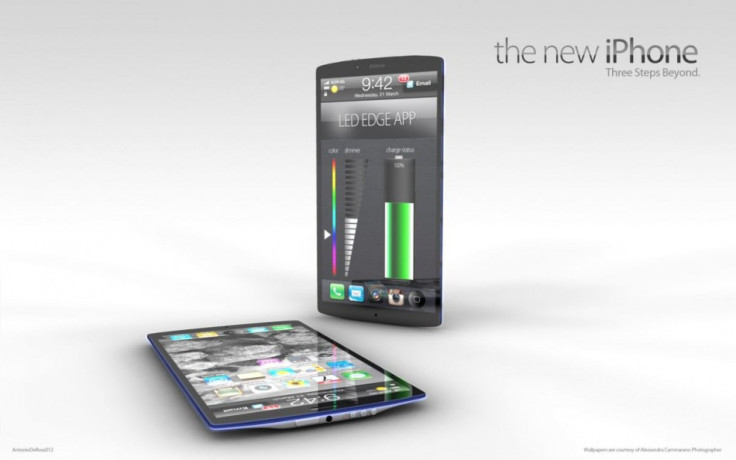IPhone 5 Release Date: New Touch Screen Panels Create Sleeker Design, Apple Looks To Japan For Display Technology

Apple is known for reserving details about its upcoming products, with its Worldwide Loyalty Team working to keep the new iPhone's design and features under wraps. However, the juicy tidbits of information seem to occasionally leak from Apple's Asian presence, with new production rumors surfacing in Japan.
Although it was previously believed that Apple would be using display technology from Taiwan, a new report says that the company will be utilizing products from Japan.
Apple Inc. is likely to use display technology provided by Japanese panel makers rather than Taiwan-based suppliers for its next-generation iPhone, in order to achieve a thinner profile for the device, David Hsieh, vice president of Display Search said to Focus Taiwan.
Japanese display manufacturers, such as Sony, Sharp and Toshiba, are in the process of developing new technologies know as in-cell displays. Two companies that supply touch panels to Apple, Taiwan's TPK Holding Co. and Wintek Corp., currently use on-cell technology in their products reported Focus Taiwan.
What this different touch panel technology means for iPhone fans is that the new smartphone will feature a sleeker design, reducing the thickness and weight of the device.
Compared with on-cell technology, touch panels that use in-cell technology can be made thinner because the touch sensors are actually placed inside the color filters rather than on top of them, Hsieh also added.
Japan lead the market in developing these new touch panels by fabricating touch sensors with thin film-transistor arrays instead of adding sensors to the top of an LCD glass substrate, Hsieh told the Taipei Times.
And it seems the country is ahead of the curve when it comes to creating this display.
Of course, Taiwanese panel makers are also developing this technology, but Japanese suppliers still run faster, the Display Search VP said.
Hsieh's prediction that Apple will opt for this Japanese-produced display is enforced by rumors surrounding a thinner form factor for its iPhone 5. The Cupertino-based company recently licensed patents for the term liquid metal, which the company acquired in 2010 from Liquidmetal Technologies, a Delaware-based company.
The next flagship phones of [Apple and Samsung] are expected to adopt unprecedented materials for their main bodies, that is, ceramic for the Galaxy S3 and liquid metal for iPhone 5, both being thin, light, and highly resistant to external impacts, wrote Kim In-Soon of Korean news source ETNews.
Other recent patents include ownership over the iWallet, which allows users to control their subsidiary financial accounts on their iPhones, a 3D photography patent, and a multi-player gaming patent. It seems that Apple is crafting its upcoming iPhone to be a groundbreaking multi-media device, with capabilities that exceed industry standard smartphone features. In addition to an upgraded display and touch panel, the iPhone 5 may also integrate a self-timer into its updated camera. With the rising popularity of mobile apps such as Instagram, this could prove to be an enticing feature.
Apple is also on track to claim more of a presence in the gaming industry. On March 15th the company filed a patent securing a multiplayer gaming system, which would allow groups of people to interact while playing the same game simultaneously. There have also been rumors of a physical gaming controller coming to Apple devices.
I know of an internal Apple project to bring a physical controller to the market, but whether or not it will ever see the light of day remains to be seen, reported AnandTech in early April. As smartphones and tablets come close to equaling the performance of current gaming consoles, I feel like the controller problem must be addressed.
With these rumors and patents in the works, wouldn't it make sense that Apple is upping its display technology? If the iPhone's gaming and photography platforms are expecting an upgrade, Apple is sure to boost its touchscreen panels to go along with it.
© Copyright IBTimes 2024. All rights reserved.












